Realising your cat has got out of the house or hasn’t come back home as usual is a heart-wrenching moment for any pet owner.
Cats are independent and curious, they like to explore and have been known to dart out of doors, or sneak out of windows.
Most cats tend to stay close to home so the quicker you can respond to the incident, the better.
These 8 steps will help you search for your cat in the most effective way to increase the chances of you being reunited.
Disclaimer: this article contains affiliate links, purchases made through these links will contribute a small donation to the upkeep of our website – thankyou!
Contents
1. Rustle a treat
Your cat may still be close to home so the first thing to do is search close to the house while calling their name and loudly shaking a bag of their favourite treats.

The sound of the treats rustling may be enough to tempt your cat back.
Note: Keep your voice calm when calling your cat to help encourage them home as if you sound frantic or worried they might not feel comfortable coming out of their hiding spot.
2. Pour food into their bowl
Cats are motivated by food so pour food into their bowl and the familiar sound of the food going into their bowl combined with the smell may encourage them to come running back.
They may also return home in their own time once they start to get hungry and seeing a bowl of food and fresh water will help entice them in and keep them close.

At their usual feeding time, take their food bag or tin and use it to make noise so if your cat is nearby they will hear that it is dinner time and hopefully return.
3. Search your home thoroughly
There are many hiding places throughout the home so start off by making sure your cat isn’t somewhere in the house.
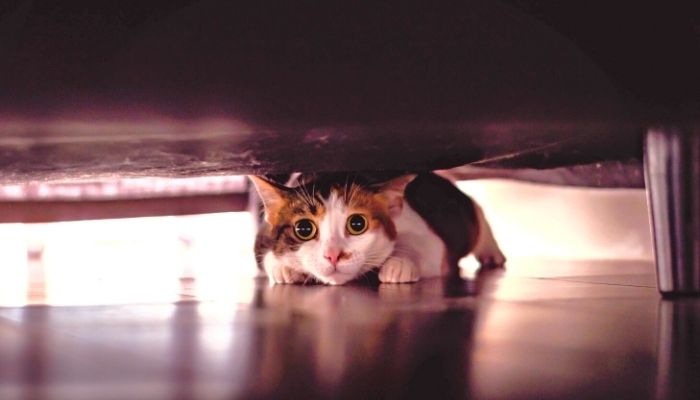
Be sure to check under beds, in cabinets and wardrobes, under furniture, and in the attic/ basement too.
4. Search your local area
According to a study by Kat Albrecht, most cats are found within 500 meters of their point of escape so thoroughly searching the immediate area is the best strategy.

While searching, talk to neighbours and check potential hiding places while calling your pet’s name.
5. Ask your neighbours to check their homes and garages
If your cat hasn’t come home yet, they could be in a neighbour’s home or garage.
Remember cats are curious and they love to explore so chat to your neighbours and ask them to check if your cat isn’t somewhere on their property.

Give them a description and your phone number so they can easily contact you if they find your cat.
6. Leave strong & familiar scents in the garden
Cats have an amazing sense of smell and placing some of their items outside such as their used bedding, their favourite toy or used cat litter outside this can help them find their way back.
7. Alert your neighbourhood:
The more people keeping an eye out for your cat, the better. Let others know that your cat is missing so they can help you search.
Here a few things you can do to alert your neighborhood effectively:
1. Post a picture on the nextdoor app
The Nextdoor App (get it on the Google Play Store or App Store) is a great place to put out a message to your neighbourhood.

- Sign up using your address and email address then find your neighbourhood and fill out the required information. You will need to verify your address and email address before you can post but don’t worry, this is quick and easy.
- Look at posts from neighbours who might have found your pet.
- Create a post – include key information including good photos, when your cat went missing, what your cat looks like, what someone should do if they find your cat (e.g. keep their distance, don’t chase), and your cell phone number.
2. Put posters up of your cat in the area
As it’s likely your cat is close to home, making people in the local area aware that your cat is missing is helpful.
Create a “lost cat” poster using a good picture of your cat and their name, description, when they were last seen, any relevant information about life-threatening medical or dietary conditions and your contact details.

The poster should be large and the information should be simple and easy to read.
Put the posters up in high-traffic areas including busy roads, veterinary offices, near playgrounds, at dog parks and on community message boards where lots of people will see them.
8. Check & alert cat rescue centres
Call your local cat rescue shelters, humane societies, vets, and animal control to see if they have had a cat brought in matching your cat’s description and to alert them your cat is missing.

If someone finds a lost cat they are likely to contact a rescue centre or SPCA so make sure your local centres have your information and a picture of description of your cat.
What are the chances of finding a lost cat?
According to a 2018 study, a third of lost cats are found within 7 days of going missing and half were found within the first 30 days of going missing.
Overall, 61% of cats were found alive within the first year.
As time goes on, there is less chance of finding the lost cat but don’t give up as there have been cases of cats returning home or being found years after they were lost.
How long can a lost cat survive without food?
On average, a cat will be able to survive up to two weeks without food if they have access to water.

Don’t forget that there’s a good chance your cat is finding some food when they are away from home (they could be hunting small prey or finding food around the neighbourhood).
How long can a lost cat survive without water?
On average, a cat will be able to survive 3 days without water (this is likely to be shorter if they are in hot weather or unwell).
How To Find A Lost Cat In Your House
Cats are great at hiding and are able to squeeze into the tightest hiding places.
If there’s a cat or kitten in your house but you don’t know where do a systematic search of the house.
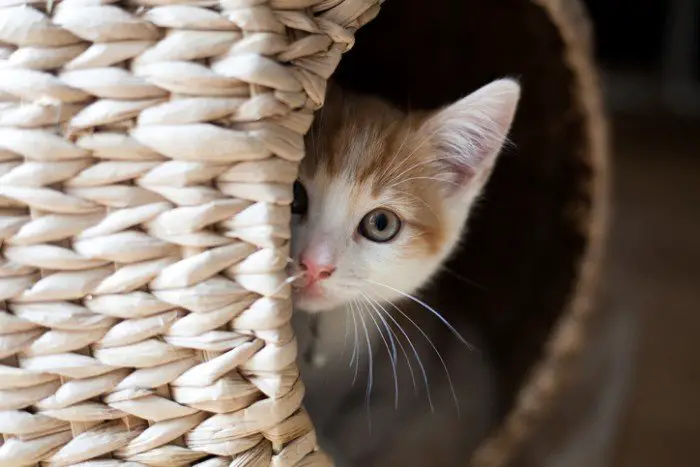
Look under and inside furniture, check large appliances such as the washing machine and dishwasher, and make sure your cat hasn’t hidden in the drywall, garage, basement, rafters, or any crawl spaces.
If you haven’t managed to find them, put out some tasty food to help lure them out from their hiding spot. If this hasn’t worked, you may have more luck finding your cat at night using a flashlight as you will be able to see the cat’s eyes reflecting the flashlight.
How To Find A Lost Cat In The Woods
If you’ve lost a cat in the woods, mark the area you last saw the cat as there’s a good chance they will be found in that area and you don’t want to lose your bearings.
Now try to coax the cat back to you using food and calling their name.

If this doesn’t work and you want to go looking for the cat, place one of their items such as a blanket on the ground where you last saw them along with some food as then they will know they’ve returned to the right spot if they get there and you aren’t there. Search the immediate surroundings and call your cat while you are looking.
How To Find A Lost Cat With a microchip
If your cat has a microchip and someone else finds them, they can take them to a vet or shelter where the microchip will be scanned and you will be contacted (as long as your contact information is up to date).
This means you will be reunited quickly after your cat is found.
If your cat does not have a microchip and someone else finds them, it will be a lot harder for you to be identified as the cat’s owner.
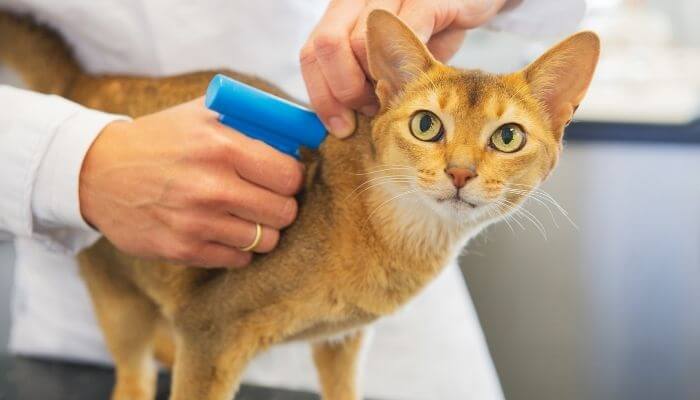
This is why it is so important to contact all local shelters and vets, put up posters, and post online or on the nextdoor app so people know your cat is missing and you can be contacted if they are found.
How To Reduce The Risk Of Your Cat Getting Lost
1. Keep them indoors
Most cats that go missing are outdoors or have indoor-outdoor access so keeping your cat indoors can help prevent them from getting lost.
If you do let your cat outside, make sure you only let them out in a secure environment or keep them nearby using a harness and leash.

2. Ensure they feel safe, content & secure
Give your cat everything they need at home including food and water, hiding places, beds/ resting spots, scratching posts, toys, and access to a few different rooms.
Make sure their litter tray is positioned somewhere quiet so they can feel safe when they go to the toilet (this is a time when they feel most vulnerable so you don’t want to place the litter tray where there is lots of noise and foot traffic).

Help your cat feel content by interacting and playing with them each day to build your bond and encourage natural behaviours such as stalking and pouncing on toys.
A happy cat will display their natural instincts, will be stimulated by their surroundings (you might see them watching out the window or sitting on a perch keeping an eye on what’s going on), they will purr, meow, and seek affection, they will use the litter tray, and they will have a healthy appetite.
If your cat is content they will be unlikely to try to escape and if they do go outside they will stay close to home.
Cats don’t like a change in routine or unfamiliar people so if you are having people over to the house or hosting a dinner party etc. put your cat into their favourite room with their food, water, bed, litter box, toys and scratching post and leave them there for the duration of the night.
This will reduce their stress regarding the visitors in the house and ensure your cat doesn’t dart out of the front door as people are coming and going.
Consider taking similar precautions during fireworks celebrations such as July 4th in the U.S or November the 5th in the UK.
3. Use a cat tracker
A cat tracker will give you extra peace of mind and will allow you to locate your cat quickly and easily when you don’t know where they are.

There are loads of cat trackers on the market so find one that suits your needs and your budget.
GPS trackers tend to cost more but they can give you accurate real-time tracking data no matter how far away your cat is.




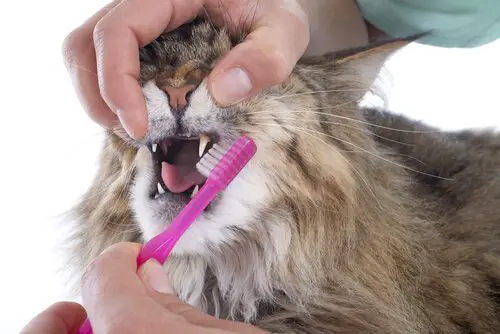
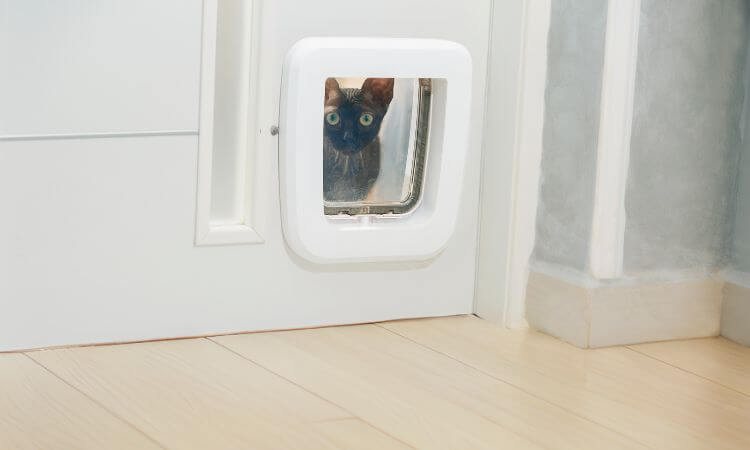

my cat has been gone for three days his name is scruff from forest hill
he was wearing a green and yellow striped collar wish i had put address on
he is micro. chipped and he is black very sad time.
Helloo everyone!! I am so happy to tell you that Rambo has returned home. Its been 3 weeks since he was missing. Right, I believe he’s back to normal now. Low hormones. No more chasing females. Scheduled this Mon. for neutering. Thank God sooo much. Keep praying, I had one cat before who returned after 2 months.
This gives me hope as my cat is male and not neutered (big mistake!) . He has only been missing 2 days so I’m hopeful, either way I’m printing missing signs asap to increase my chances.
My cat has been missing since 1/12/19 ????? We miss him so much he’s been gone for 10 days now ? he is black and white, he is very friendly .
I know hiw you feel. My tom Oreo has gone missing for about a week now and i am very worried. But there is hope they might come back. Nan says a cat came back even after 2 months. A friend tells me of a cat that came back even after 3 months. Wish you well and hope both our cats co e home.
Hi Kimberly, has he turned up yet?
My cat had a fight with one of my neighbors’ cat, it happens like everyday he won’t come home since last week. I think the reason why random cats go in my backyard because I have a female cat. I wish he would come.
Our Rambo is been missing for a week now. He’s just 9 months old, quite big for his age. I think he reached maturity to mate last month since he started chasing fem cats around. We called locat Vet and he’s already on the list for neutering. Two weeks ago he gone missing for almost 2 days but fortunately he was just up on the attic-ceiling vault probably having his time with a female cat. But since last Monday night, he didn’t returned. Was last seen inside the house but probably found a way out. He is the first son (and the only survivor) of my mama Cat ‘Mikai’. Gray, round-face handsome cat. I took care of him since birth, basically helping her mom during delivery. He stays in my room all his kitty days living-out unto the living room when he was around 6 months already. His favorite spot was on the old tv-component rack and lately he’s sleeping on the piano. Everybody loves him. ??
My tiger went missing on December 11th at 9 pm it’s now been 3 nights away from my apartment I’ve had him 9 years ever since he was kitty I was do you think he’ll come home I’ve looked everywhere asked all my neighbors to eye out what do think I do to get him back
Hi Lesa did you managed to find your Tiger? My cat went missing too 2 days ago. I’ve had him for 9 years he never went missing this long. I’ve searched everywhere. I recently brought back a kitty I found while jogging. I think he was upset though I kept the kitty caged for a while for her own good.
Mine is a ooty breed she is white with bit black and brown marks here and there she is missing from last night i have seen her being friendly with a male cat from past few days but she is used to come home in the morning everytime but this time she dint:-(
my one cat calico an white with big black,an tan an brown spots disappeared about june 3 this year,it loved it here,an ate an played very well allways,and then,about two weeks ago its sister disappeared,shes calico,brown,an a white chest somewhat. i have owned them since there birth,an t here 3 years old,i feel as i have lost my kids,i allready lost my best friend,and my wife of 23 years to cancer,and now this,its very very painful,i have one cat left thats egyptian an 6 years old,they all played very well inside,an outside nite an day,cold or hot weather,an very well fed,an happy allways,this is very suspicious,an some have mentioned coyotes,but all the neighbours cats etc are still around an visible daily. no one could pet these cats but me pretty much,an i cant imagine them taking up with anyone never at all……
Hi David, so sorry to hear of your situation.
Have you asked around the local neighbourhood? They may have taken up residence elsewhere?
David – am so sorry to hear of your loss. It sounds like a tough time for you. I hope you will be okay.
we have 2 dogs and 4 cat, all of them go outside as they please. we have lived in the same house for 20 years. the main pet of them is a 10 year old 18lbs white with darker areas on his head and back. his name is Niko. one morning just over two weeks ago, niko went outside as usual around 6am. he simply disappered. no neighbors have seen him. i have talked to most of them. i have searched more than once, in the woods behind our house….nothing.. no blood, no fur, no body, no Niko. i have hung flyers with neon sighs and a picture of him, all thru our town. i even offered a reward.. NOTHING. What in the hell could of happened to him?????? OMG i am totally heartbroken. and at a loss. any ideas? i am soooooooo sad
Hi Tamie,
so sorry to hear that this has happened to you. If a cat is injured they often go and hide themselves away somewhere where they will stay for up to two weeks recovering, if the worst happens it can be hard to find their bodies as they are very good at finding secure hidden spots to recover in.
So sorry to hear of this and do let us know if Niko does come home.
Oh Tammie I’m in the same boat my antisocial cat that only bothered with my husband and I disappeared 4 days ago I am like you bereft !
Hi.. I feel you. We too are having dogs & feline family members. And lost a couple of them, 2 male cats. Soo hard.